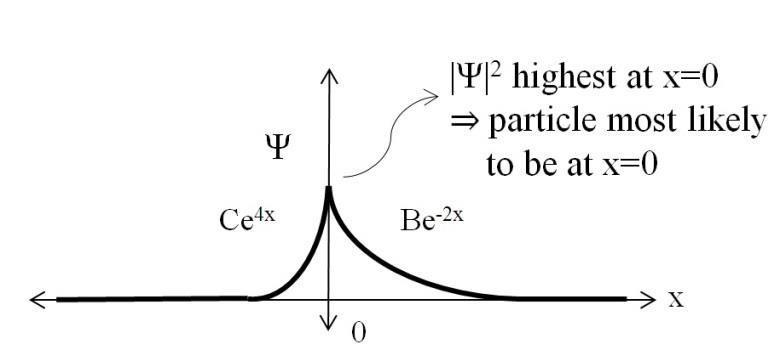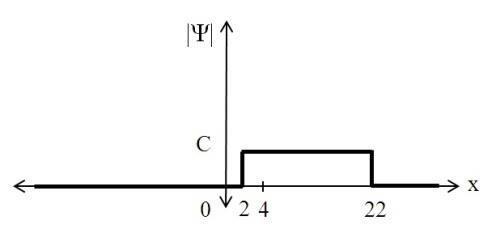
2 minute read
Solutions Manual for Solid State Electronic Devices 7e by Ben Streetman 0133356035
Full version at: https://testbankbell.com/product/solutions-manualfor-solid-state-electronic-devices-7e-by-benstreetman-0133356035/
Prob . 2.1
Advertisement
Chapter 2 Solutions
(a&b) Sketch a vacuum tube device. Graph photocurrent I versus retarding voltage V for several light intensities.

(c) Find retarding potential
Note that Vo remains same for all intensities.
Prob . 2.2
Show third Bohr postulate equates to integer number of DeBroglie waves fitting within circumference of a Bohr circular orbit.
Prob . 2.3
(a) Find generic equation for Lyman, Balmer, and Paschen series
n1=1 for Lyman, 2 for Balmer, and 3 for Paschen
(b) Plot wavelength versus n for Lyman, Balmer, and Paschen series.
The resolution on a visible microscope is dependent on the wavelength of the light which is around 5000Ǻ; so, the much smaller electron wavelengths provide much better resolution.
Prob . 2. 6
Which of the following could NOT possibly be wave functions and why? Assume 1-D in each case. (Here i= imaginary number, C is a normalization constant)
A) Ψ (x) = C for all x.
B) Ψ (x) = C for values of x between 2 and 8 cm, and Ψ (x) = 3.5 C for values of x between 5 and 10 cm. Ψ (x) is zero everywhere else.
C) Ψ (x) = i C for x= 5 cm, and linearly goes down to zero at x= 2 and x = 10 cm from this peak value, and is zero for all other x
If any of these are valid wavefunctions, calculate C for those case(s). What potential energy for x ≤ 2 and x ≥ 10 is consistent with this?
A) For a wavefunction (x) , we know
B) For 5
8,
(x)has two values,
Since (x) = 0for x 2 and x 10, the potential energy should be infinite in these two regions.
Prob. 2.7
A particle is described in 1D by a wavefunction: Ψ = Be-2x for x ≥0 and Ce+4x for x<0, and B and C are real constants. Calculate B and C to make Ψ a valid wavefunction. Where is the particle most likely to be?
A valid wavefunction must be continuous, and normalized. For (0) = C = B To normalize
= 1
Prob. 2.8
The electron wavefunction is Ceikx between x=2 and 22 cm, and zero everywhere else. What is the value of C? What is the probability of finding the electron between x=0 and 4 cm?

Prob . 2. 9
Find the probability of finding an electron at x<0. Is the probability of finding an electron at x>0 zero or non-zero? Is the classical probability of finding an electron at x>6 zero or non?
The energy barrier at x=0 is infinite; so, there is zero probability of finding an electron at x<0 (|ψ|2=0) However, it is possible for electrons to tunnel through the barrier at 5<x<6; so, the probability of finding an electron at x>6 would be quantum mechanically greater

Find the uncertainty in position (Δx) and momentum (Δρ)
Calculate the first three energy levels for a 10Ǻ quantum well with infinite walls.
10-20J = 0.377eV
= 3.393eV atom with 1s on its reactivity
This atom is chemically reactive because the outer 2p shell is not full. It will tend to try to add two electrons to that outer shell.

